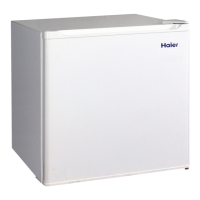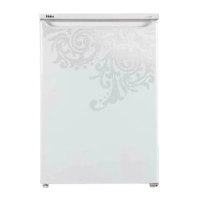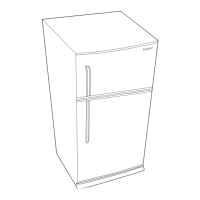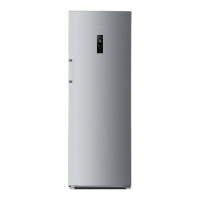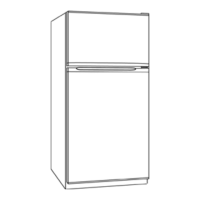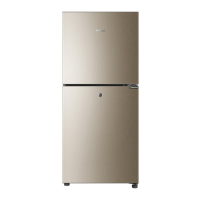Why is my Haier Refrigerator not cooling?
- SsteveesparzaJul 30, 2025
If your Haier Refrigerator isn't cooling, it could be due to a loose electrical connection. Check the electrical connections to ensure they are secure. Another possible cause is a broken fuse, which would need to be replaced.
